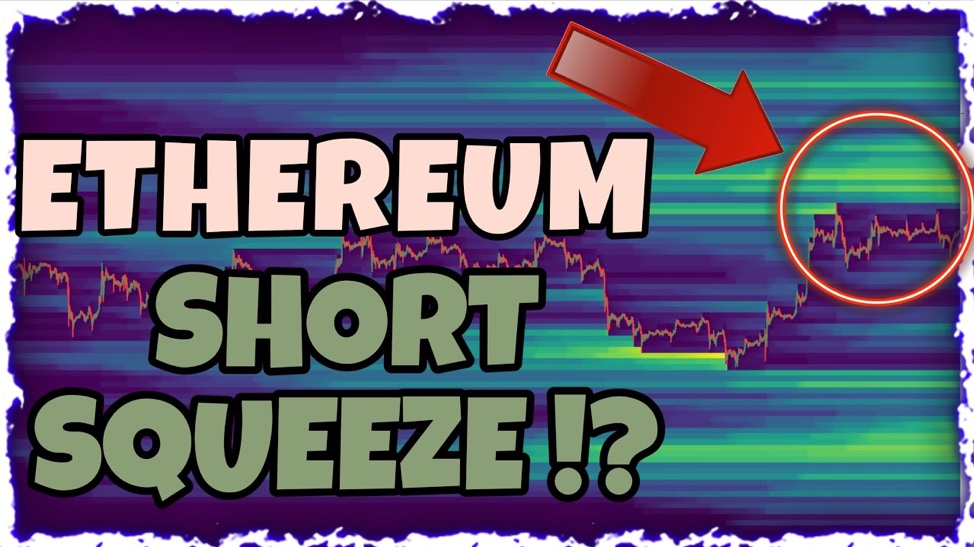Bitcoin and other important cryptocurrencies such as Ethereum and Dogecoin are breaking records. After peaking at around $58,000 in April, the most popular of the cryptocurrencies saw its quotes drop significantly, dropping below $30,000 in May and June.
However, prices recovered in July and started the month of August on the rise. A very optimistic scenario for cryptocurrency fans.
Earlier this week, bitcoin quotes topped $46,000 for the first time since May. The broader cryptocurrency market was also looking to recover from the massive losses of recent months.
The combined market value of the ten most popular cryptocurrencies – Bitcoin (BTC); Ethereum (ETH); Cardano (ADA); Binance Coin (BNB); Tether (USDT); XRP (XRP); Dogecoin (DOGE); USD Coin (USDC); Polkadot (DOT); Uniswap (UNI), respectively, according to CoinMarketCap – advanced $300 billion. Currently, the total market capitalization of these assets is estimated at $1.6 trillion.


What justifies the rise in cryptocurrencies prices?
How to justify this high? First, the market has gained depth. The total number of outstanding derivative contracts, such as options and futures, calculated by the Open Interest Bitcoin Futures indicator has been increasing in the last 30 days.
This reveals that the market is at a good pace and is heating up again, and trading volumes are increasing. This indicator includes all purchase and sale contracts that have not been settled.
In addition to the growth confirmed by this number, another indicator that proves the market’s recovery is the Number of Active Entities.
It refers to the number of active addresses on the network such as sender or recipient, and includes only successful transactions. On July 31, it reached the same values as January 2021.
More active addresses can indicate two things, both of which are positive: That there are new players in the market, and that existing players are doing more business and taking more positions. In other words, it is possible to see both horizontal growth, which represents more active market participants, and vertical growth, equivalent to participants who were already in the market, now doing more business than they did before.
Another important indicator, the hash rate, shows the market’s recovery. Simply put, the hash rate is an estimate of how much of the capacity of computers around the world is being used in bitcoin mining. When the hash rate goes up, it means that there is more interest from miners and, therefore, more interest from investors.
The hash rate had been falling sharply after April, when the Chinese government announced market restrictions and banned miners from operating in China. However, the resumption of the indicator means that Chinese miners banned from operating have already started to transfer their activities to other locations.
Global numbers show that cryptocurrencies have gained volume and repertoire in recent times. The latest data shows that there are just over 11,000 different currencies registered on the CoinMarketCap business portal, one of the most important in the industry. A year ago, this number was around 6,000, which shows an 85% growth in the cryptocurrency scenario.
More importantly, this market is moving from being an aquarium for goldfish to a tank for sharks. According to data from the American cryptocurrency trading platform ChainAnalysis, in July just over 40 million transactions were carried out with an individual value of more than $1 million. In July 2020 there were 15 million transactions, an increase of 167%. With a detail: in April, when the value of bitcoin hit a record, the number of these transactions approached 90 million.
Another factor that also contributed to this high was the launch of a new ethereum technology, called “Hard fork London”. Briefly, this change will have the consequences to allow more stability and speed of the ethereum.
Ether works through the blockchain, a public record of transactions (such as bitcoin), in chronological order. The block chain is shared among all users on the network. The network is used to verify the permanence of encrypted transactions and avoid duplicating expenses.
Today, ether is the second most popular cryptocurrency on the market, having been overwhelmed by the explosion in the release of Non-Fungible Tokens (NTF), which are collectible digital assets. NFTs are mostly based on ethereum, and their expansion has pushed the limits of network capacity.
The changes were made on Thursday, August 5th, and aim to fix many of these issues, changing the way transaction fees work so that they are more predictable.
Ethereum has always been unpredictable, the network has scalability issues, and transaction fees sometimes become exorbitant. Changes can alleviate these problems.





